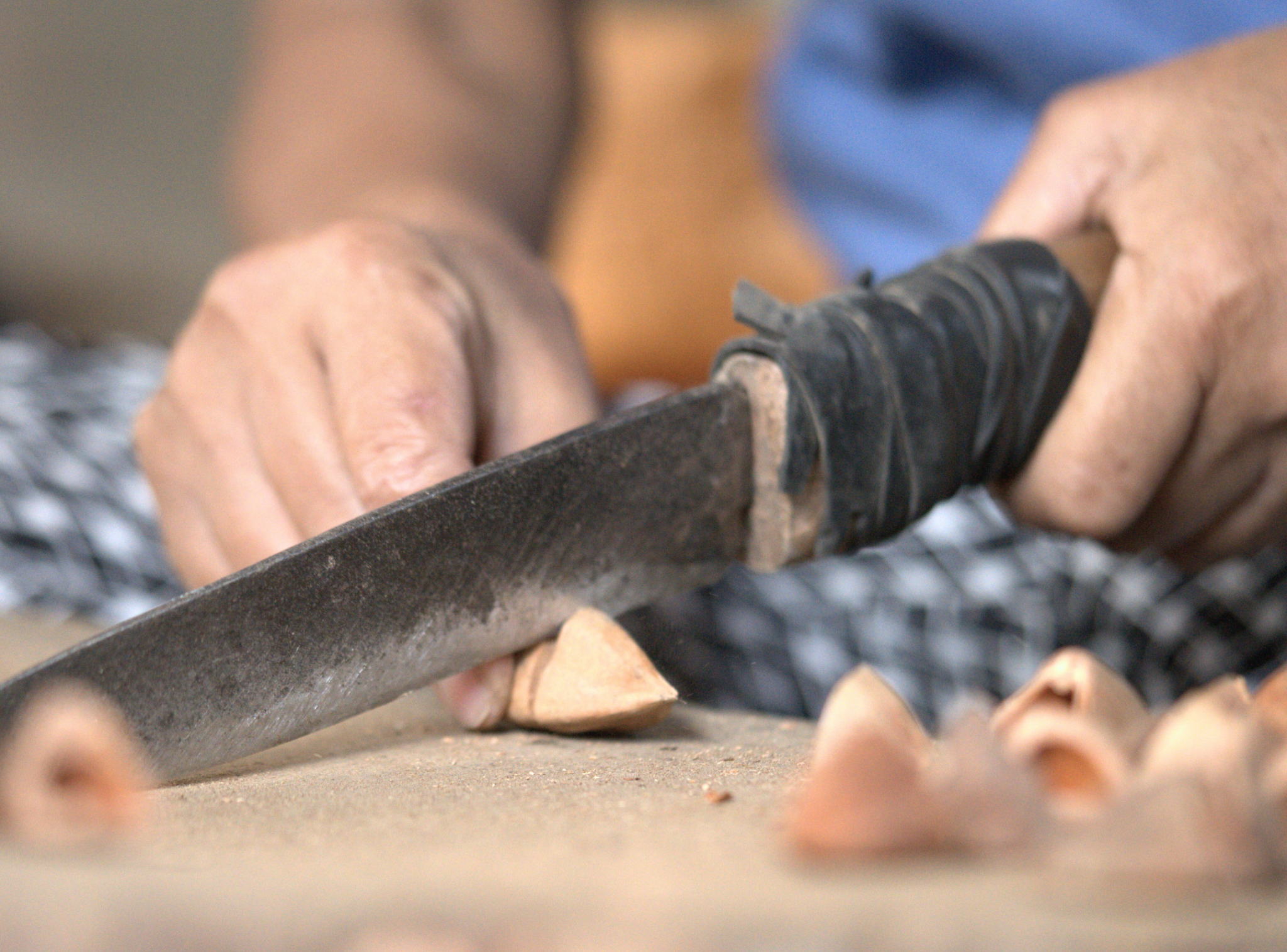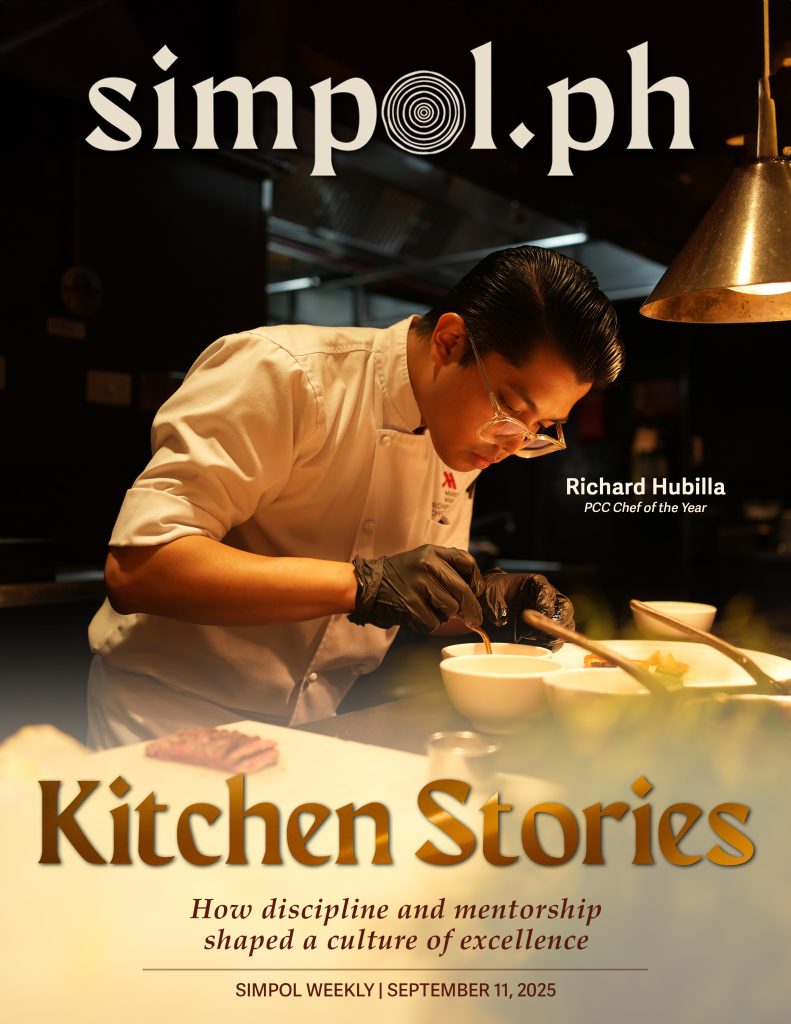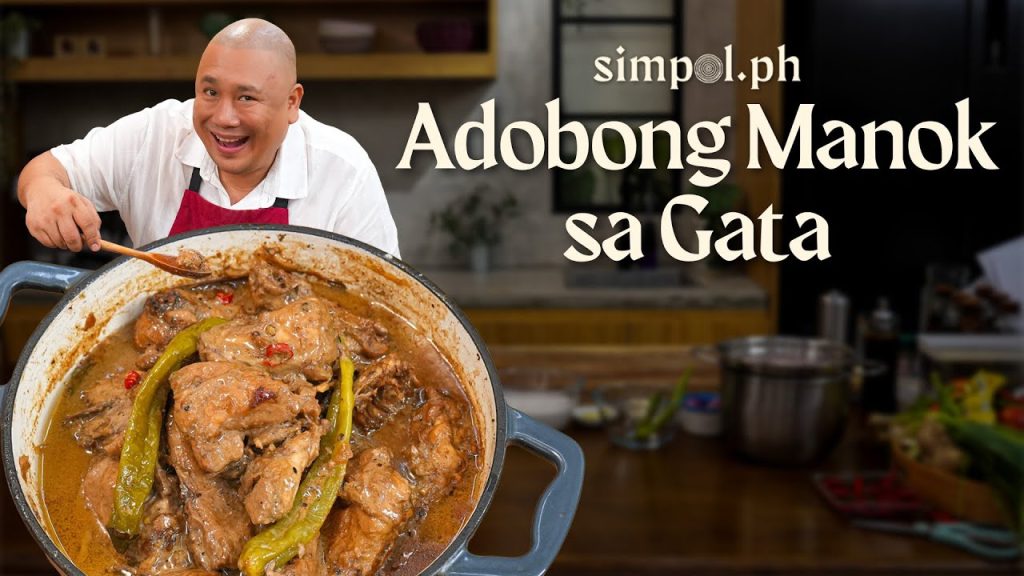In Bicol, where volcanic soil nurtures both crops and culture, a quiet revolution is happening—one nut at a time. The pili nut, once a staple in local kitchens and pasalubong stalls, is stepping into the spotlight. Que Rica, a proudly Bicolano food brand, is leading the charge. Their mission blends heritage with modern taste, grounded in respect for farmers, land, and the deep flavor of pili.
What Makes the Pili Nut Special?
Bicolanos value the pili nut not just for its rich, creamy crunch, but for what it symbolizes—resilience, abundance, and identity. Pili trees grow tall in Bicol’s volcanic soil. They withstand storms and still yield exceptional fruit. For generations, locals have used pili in sweets and snacks.
Outside the region, though, pili nuts remain underrated. Que Rica wants to change that.
Pili has the texture of macadamia but a uniquely Filipino flavor. It’s not just food—it tells a story of land, labor, and legacy.
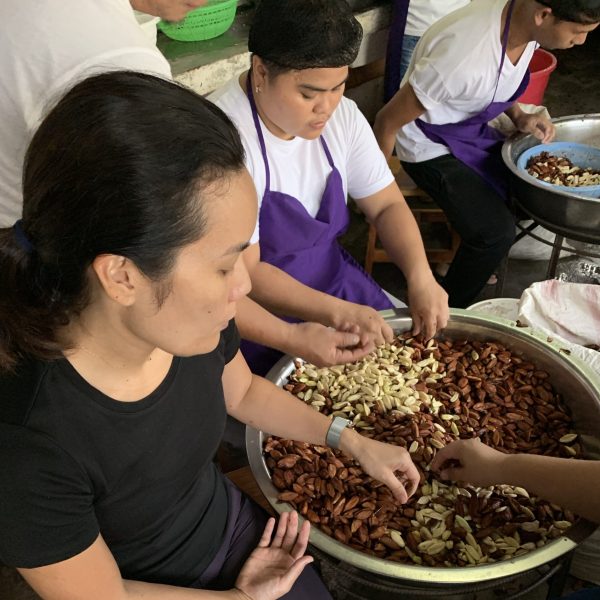
Que Rica’s Mission: Elevating the Pili Nut
When Rica Buenaflor founded Que Rica, she wasn’t just starting a business. She was telling a story.
Each jar of praline and block of pili cheese speaks of Bicol’s terroir and the skilled hands behind it. “We wanted to elevate Bicolano ingredients without losing their soul,” Rica explains. “The pili nut is our star—it’s elegant, versatile, and distinctly Filipino.”
She first discovered pili while living in Bicol. It moved her deeply. “It’s integral to the region’s identity,” she says. Its buttery flavor and light sweetness make it perfect for savory dishes, desserts, and healthy snacks.
Rica’s journey—through Le Cordon Bleu Paris, plant-based culinary retreats, and yoga—centers on food, sustainability, and wellness. For her, the pili nut embodies all three.
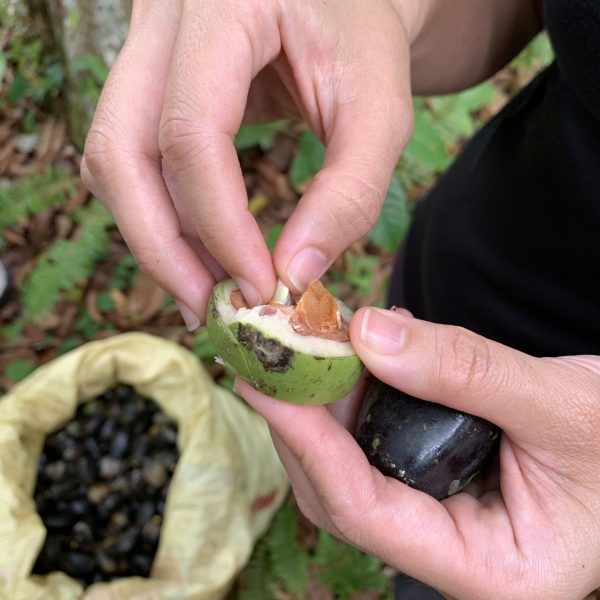
Pili Nut Products for the Modern Kitchen
Que Rica transforms pili nuts into products for modern kitchens and global tastes. From pralines to pili oil, their items are both edible and giftable—ideal for pasalubong or gourmet spreads.
Pili nut products can blend into sauces, stir into oatmeal, or stand alone as a snack. Que Rica shows that pili deserves a place in every pantry.
Also read: The Power of the Pili Nut: A Filipino Skincare Brand’s Global Ascent
The Cultural and Economic Importance of Pili in Bicol
Pili is part of everyday life in Bicol. “It represents resilience,” Rica says. “It thrives in harsh conditions and volcanic soil.”
It also plays a key role in Bicolano cooking, whether in sweet desserts or savory dishes.
Economically, pili farming supports entire communities. It sustains smallholder farmers, many of them women. “From tree to table, every step supports local hands and ancestral knowledge,” Rica explains. Pili is more than a product—it’s a symbol of regional pride and artistry.
Pili as a Filipino Superfood for Global Markets
“Pili is poised to be the next big superfood,” Rica says. “But it’s still underappreciated.”
She sees the nut’s buttery taste and high nutrition as a perfect fit for today’s health-conscious eaters. Pili nuts are rich in healthy fats, protein, magnesium, and vitamin E. They fit plant-based, ketogenic, and paleo diets.
As people around the world care more about what they eat and where it comes from, pili is ready.
“It offers a story of origin, of craftsmanship, of culture,” Rica says. “With the right storytelling and quality, its potential is limitless.”
Que Rica wants to lead this global movement. “Pili is more than a healthy snack,” Rica adds. “It carries the story of our land, our people, and our craftsmanship.”

A Future Rooted in Pili Nut Innovation
Pili stands tall in a world full of fleeting food trends. It is quietly powerful and unmistakably Filipino.
Thanks to Que Rica, this native nut is finally being seen for what it is—a treasure. So the next time you reach for a snack or a gift from the Philippines, consider this: sometimes, the best things grow in your own backyard.
Also read: The Nut That Grew on Ash: Rediscovering Pili in the Philippines


